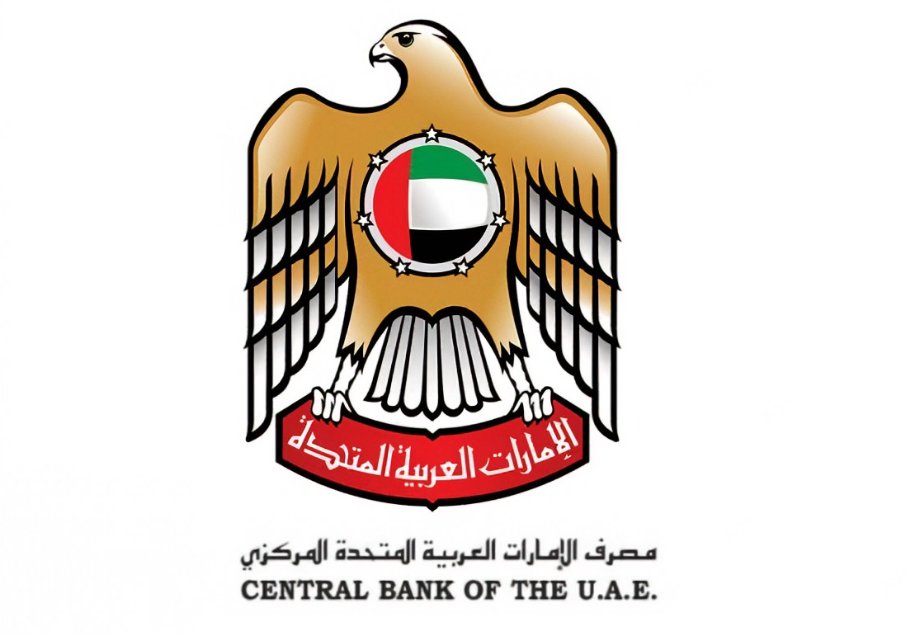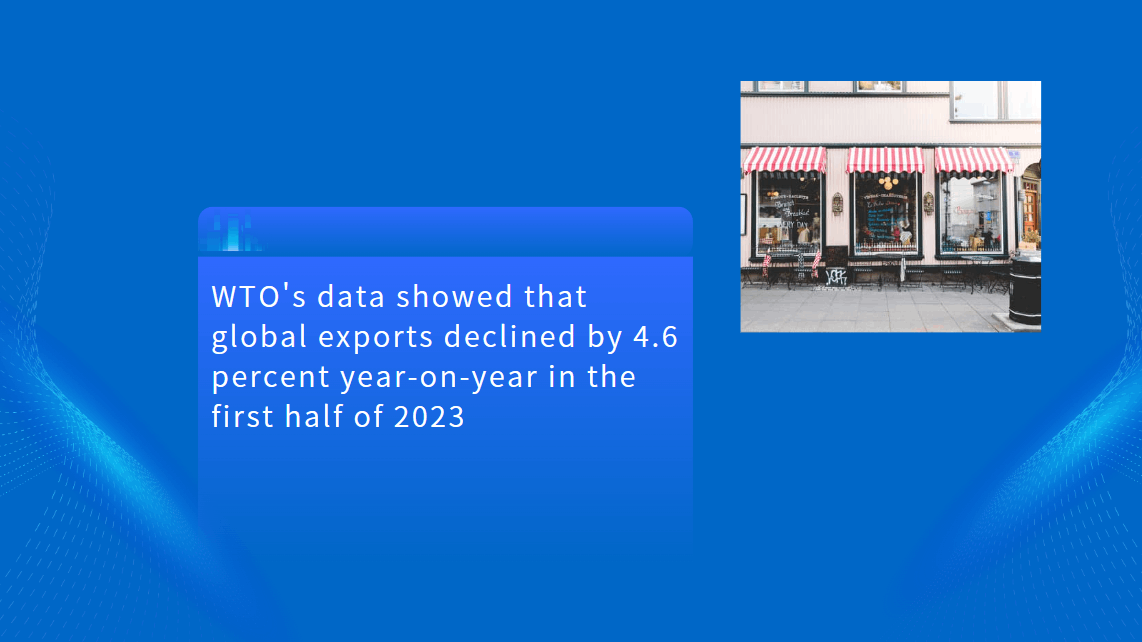Basel III Capital and Liquidity Ratios: A Mid-2024 Assessment
The latest Basel III monitoring exercise, based on data as of June 30, 2024, reveals a continued strengthening of risk-based capital ratios among large internationally active banks. However, liquidity indicators present a more nuanced picture, with the Liquidity Coverage Ratio (LCR) experiencing a slight decline while leverage and Net Stable Funding Ratios (NSFR) remain steady. These findings provide insights into the ongoing impact of Basel III reforms as banks adapt to evolving regulatory and market conditions.

Capital Adequacy Trends
The average Common Equity Tier 1 (CET1) ratio for Group 1 banks, which includes large internationally active institutions, increased from 13.1% at the end of 2023 to 13.4% by mid-2024. This rise reflects the continued strengthening of capital buffers in response to the full implementation of Basel III minimum capital requirements, which began in January 2023. Notably, the Tier 1 Minimum Required Capital (MRC) increased by 1.9%—up from a 1.3% increase in the previous reporting period—indicating a gradual tightening of capital requirements.
Despite these improvements, Group 1 banks reported a modest regulatory capital shortfall of €0.9 billion, attributed entirely to Tier 2 capital. This marks a shift from the end of 2023, when no capital shortfall was recorded. Meanwhile, the total loss-absorbing capacity (TLAC) shortfall for meeting 2022 minimum requirements decreased from €24.8 billion to €19.4 billion over the same period, signaling progress in regulatory compliance.

Liquidity and Leverage Stability
Liquidity metrics showed mixed results. While the weighted average NSFR for Group 1 banks remained stable at 124%, ensuring sufficient long-term funding, the LCR fell slightly to 136% from 138.2% at the end of 2023. Three Group 1 banks reported an LCR below the minimum regulatory threshold of 100%, underscoring potential liquidity risks in stressed market conditions. Leverage ratios remained unchanged at 6.1% for Group 1 banks, suggesting continued balance sheet stability despite the tightening regulatory environment.
Implications for Global Financial Institutions
The mid-2024 Basel III assessment highlights the banking sector's steady progress toward full compliance with regulatory capital and liquidity requirements. The marginal capital shortfalls and declining TLAC deficits indicate that most large banks are well-positioned to absorb financial shocks. However, the slight dip in LCR points to areas where liquidity management could require closer attention, particularly for banks with higher reliance on short-term funding.
For international investors, regulators, and risk managers, these findings reinforce the importance of ongoing Basel III implementation in maintaining financial system resilience. As regulatory standards continue to evolve, financial institutions will need to balance capital efficiency with robust liquidity planning to navigate the increasingly complex regulatory landscape.





















































First, please LoginComment After ~